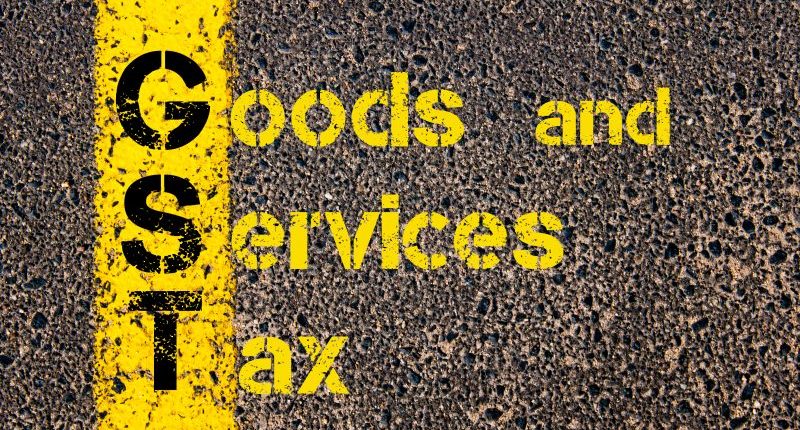The e-invoice initiative, which completed one month on the 31st October 2020, has changed the way businesses interact with each other. According to the National Informatics Center (NIC) during October 2020, more than 495 lakh e-invoices were generated by 27,400 taxpayers on the NIC portal. The e-invoice system was launched on 1st October 2020 for the businesses with an aggregated turnover of more than Rs 500 crore in the financial years from 2017-28 to 2019-20.
The e-invoicing system will be another milestone in India’s journey to enhancing the ease of doing business. The invoice data captured by the Invoice Registration Portal (IRP) will flow seamlessly to GSTR-1 of the taxpayer on the GST Common Portal (gst.gov.in) and thereby reduces the compliance burden.
Taxpayers generated 8.4 lakh e-invoices on 1st October 2020, and the usage has gradually picked up as high as 35 lakh in a single day by 31st October 2020. This, coupled with the generation of 641 lakh e-way bills during October 2020. The generation of multiple invoices is possible with the proactive communication by the NIC Help desk.
Currently, there are three modes for generating Invoice Reference Number (IRN) on the NIC system:
- The direct Application Program Interface (API) of the ERP system of the taxpayer with the NIC system.
- The API interface of the ERP system of the taxpayer through GSP (GST Suvidha Provider) with the NIC system.
- The third is using the offline tool for bulk uploading of invoices and generating IRNs.
Around 15% of the taxpayers are using the offline tool, and the remaining 85% are integrating through API.
Also Read: GST Officials Detect Tax Evasion Worth Rs.9.7 Crore
The government is planning to make the aggregate turnover cut off to Rs 100 crore soon to extend the applicability to achieve more transparency in the system. NIC has already enabled trail sites with API and offline tools for these taxpayers. Also, it has geared up with the required infrastructure to handle the generation of e-invoices from these taxpayers.
NIC is also developing an offline Excel-based IRN preparation and IRN printing tool keeping requirements of small taxpayers. This tool will allow small taxpayers to enter the invoice details, prepare the file to upload on IRP, download the IRN with QR code and finally to print the e-invoice with QR Code.
Presently, the generation of IRN using API interface is allowed only for businesses with aggregate turnover more than Rs 500 crore, GSPs and few ERPs. Now, the direct access will be extended to the taxpayers using the e-way bill API interface.
Generally, big businesses will enable their suppliers and clients to use their ERP systems for the generation of invoices. Therefore, it has been decided to facilitate them to allow their suppliers and clients to use the integration channels.
For any clarifications/feedback on the topic, please contact the writer at dvsr.anjaneyulu@cleartax.in
DVSR Anjaneyulu known as AJ, is a Chartered Accountant by profession. Loves to listening to music & spending time with family and friends.





